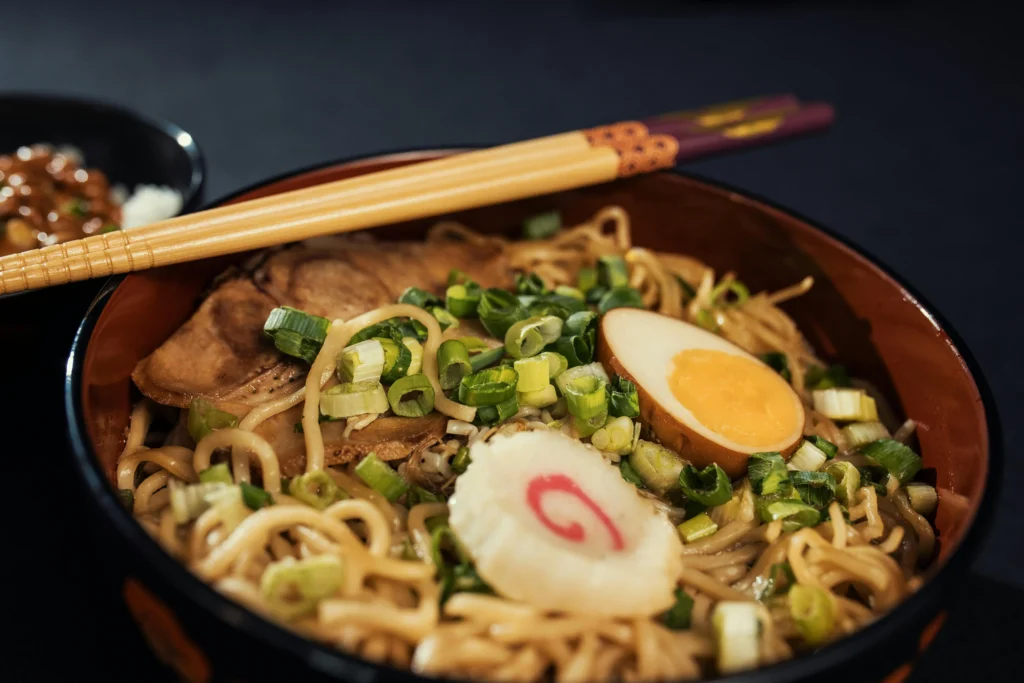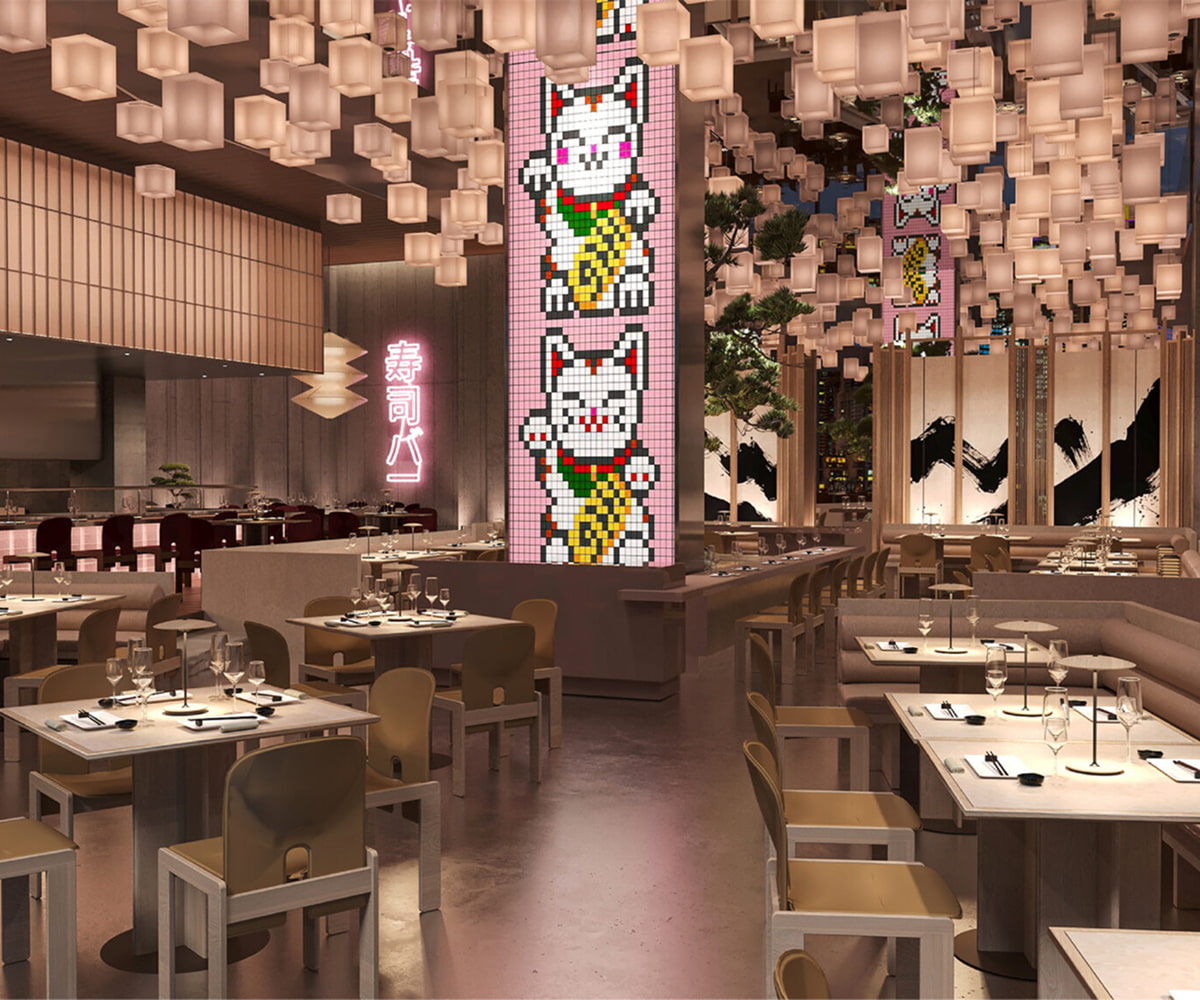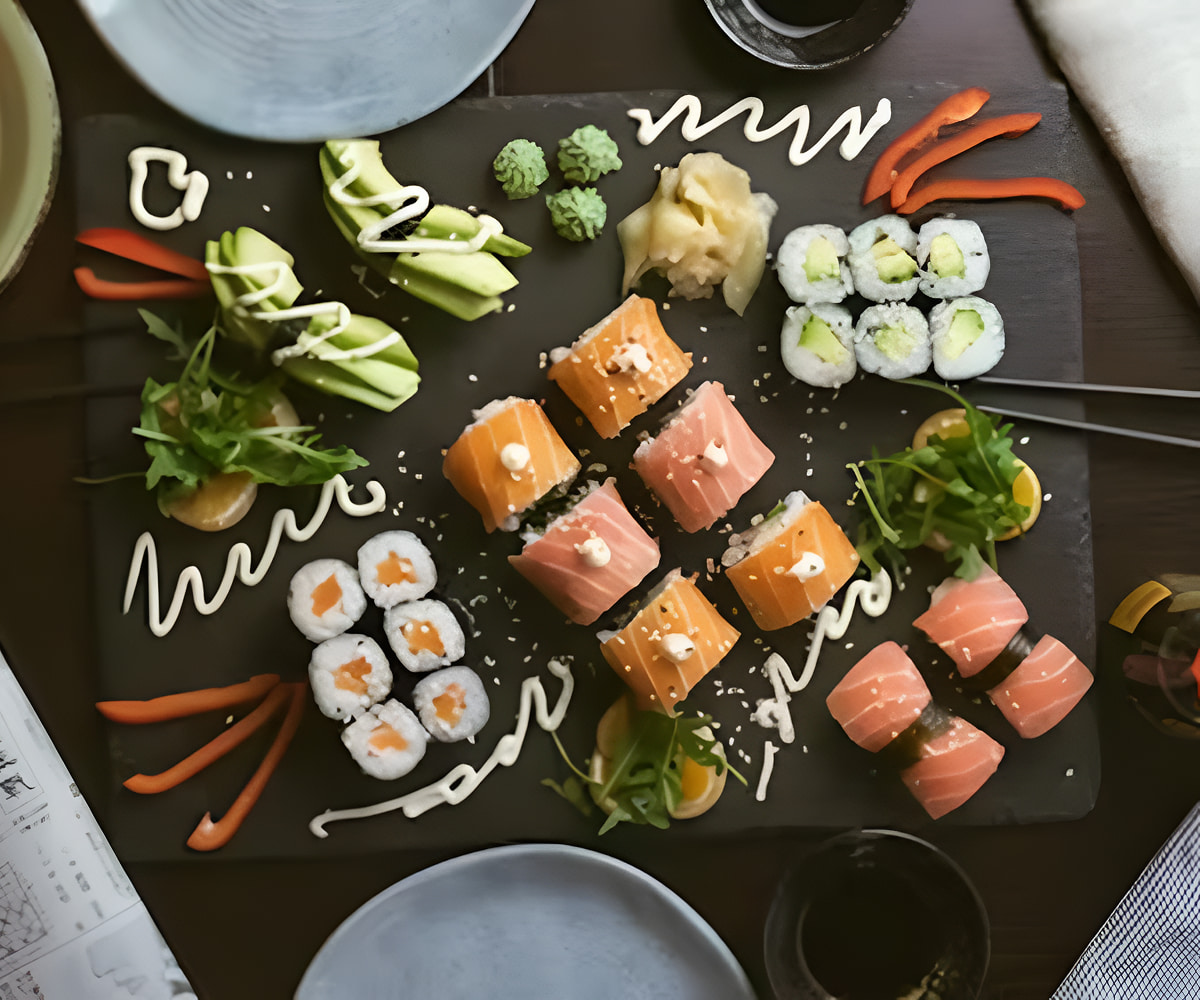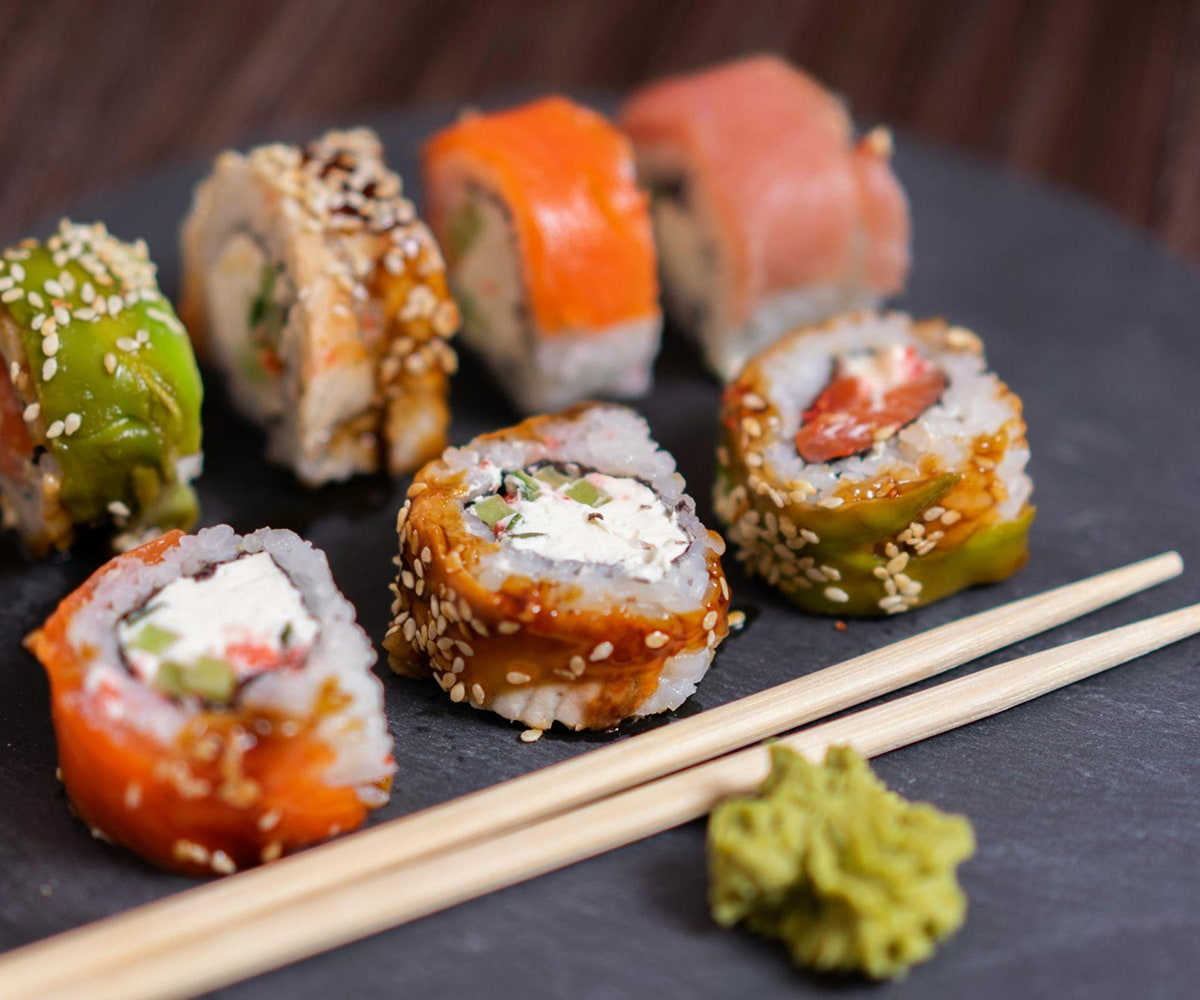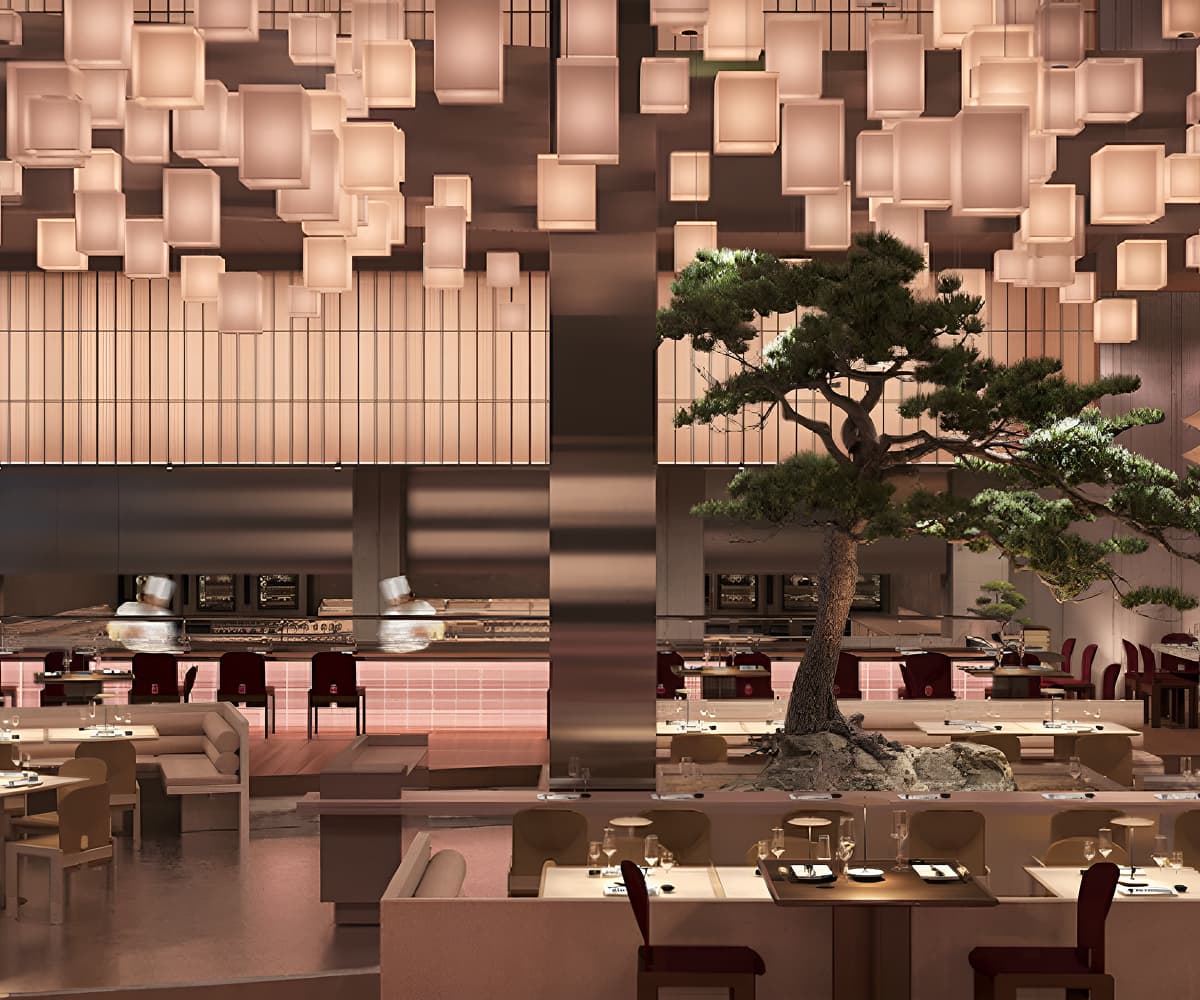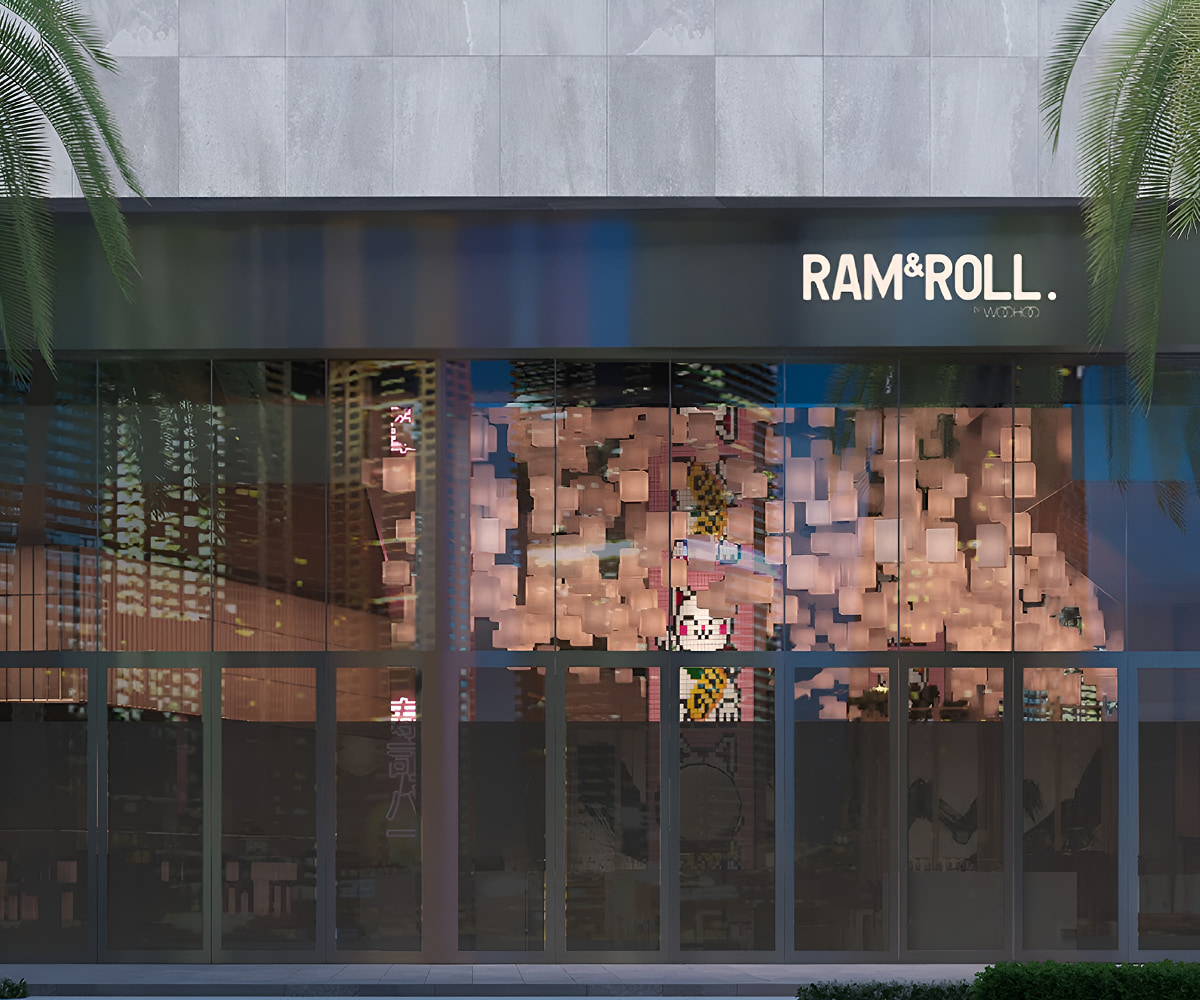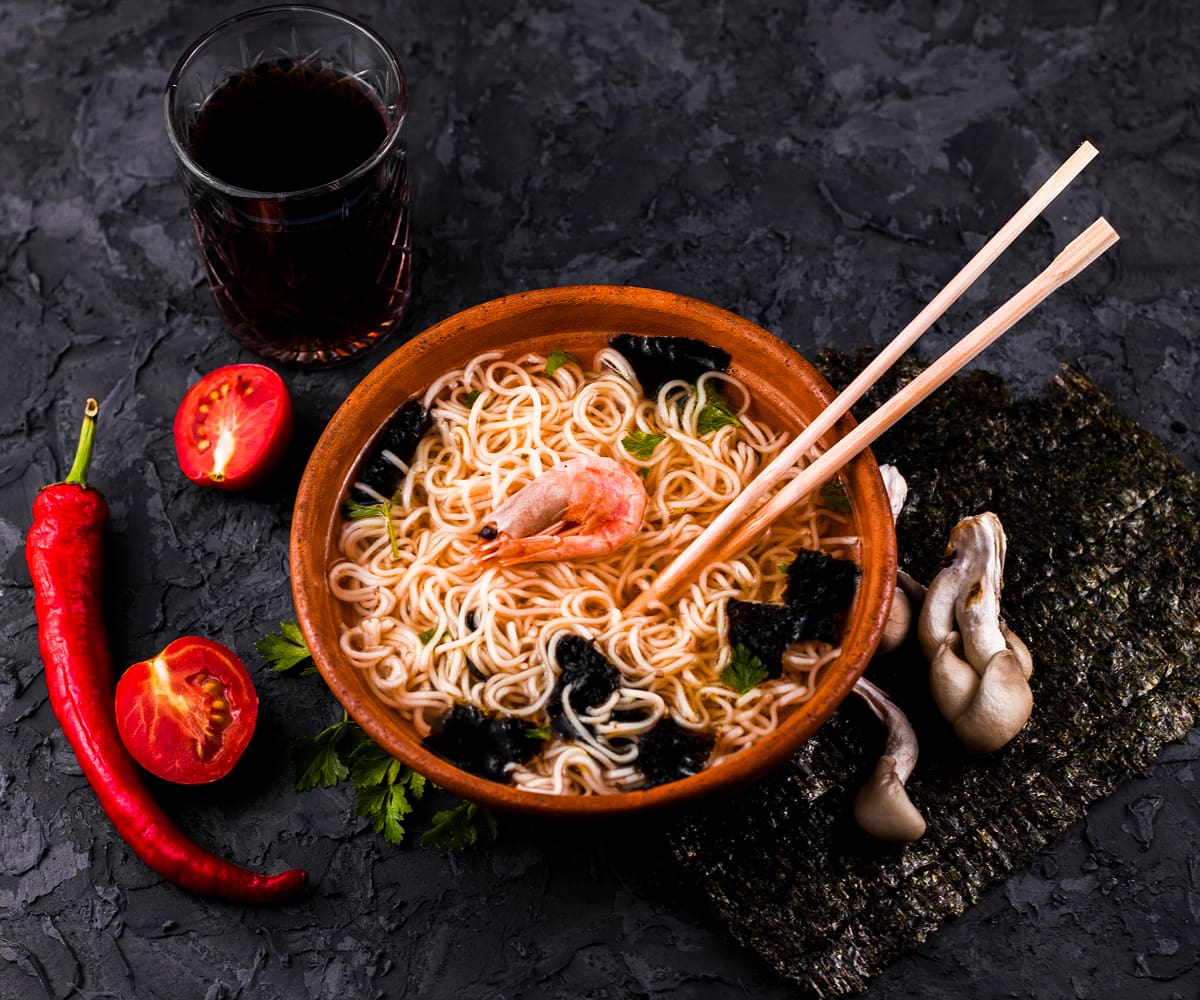Curious about the difference between ramen, udon, and soba noodles? At Ram & Roll at Kempinski The Boulevard in Downtown Dubai, we celebrate Japan’s three iconic noodle styles with craftsmanship, patience, and a modern sensibility. As we prepare for our grand opening, this guide walks you through what sets each noodle apart—from ingredients and texture to classic serving styles—so you can choose your perfect bowl (or plate) with confidence at a Japanese restaurant in Dubai that prizes authenticity and artistry.
Key takeaways:
- Ramen: springy wheat noodles made with kansui; typically served in rich, long-simmered broths with layered toppings.
- Udon: thick, silky wheat noodles with a plush chew; excellent in clear soups or gently stir-fried.
- Soba: buckwheat-forward noodles with a toasty, nutty flavor; served hot or cold, often with a dipping sauce.
Ramen: Springy Wheat Noodles Built for Broth
Ramen is all about the harmony between noodle and broth. The noodles are made from wheat flour, water, salt, and kansui—an alkaline mineral solution that lends a golden hue and unmistakable elasticity. That gentle bounce means ramen stands up beautifully to bold, aromatic broths. At Ram & Roll, our ramen broths are simmered for hours to develop depth and clarity, from bright soy-based styles to ultra-silky pork bone emulsions. It’s a quintessential taste of ramen in Dubai that balances comfort with precision.
Signature styles you’ll encounter
- Shoyu: a soy sauce base that’s clean, savory, and nuanced—think roasted chicken notes, light aromatics, and a gentle umami finish.
- Shio: the lightest expression, saline and crystalline, ideal when you want to taste every detail of noodle and stock.
- Tonkotsu: luxuriously creamy pork bone broth, typically paired with chashu and marinated egg; rich, restorative, and deeply satisfying.
- Miso: layered with fermented soybean paste for a robust, gently sweet savor, often garnished with corn and scallions.
Ramen’s toppings complete the experience: think softly jammy eggs, crisp nori, spring onion, bamboo shoots, and tender slices of pork. The result is a bowl that engages all the senses—aroma first, then a broth that coats the palate, and finally that signature noodle spring.
Udon: Thick, Silky Comfort with Gentle Depth
Udon noodles are also wheat-based, but the texture is their calling card: thick, sleek strands with a plush, cushiony bite. Where ramen thrives in intensity, udon often shines in restraint. Clear broths—built on dashi with kombu and katsuobushi—let the noodles’ texture and subtle wheat flavor take center stage. Udon is equally at home in hot soups or lightly stir-fried preparations, and it pairs beautifully with crispy contrasts like tempura.
What defines great udon?
- Thickness & chew: substantial yet tender, with a smooth surface that slurps effortlessly.
- Balanced broth: soothing, savory, and clean—enough umami to support, not overshadow.
- Textural toppings: tempura prawns or vegetables, scallions, grated ginger, or a softly set egg for richness.
For a comforting meal that still feels refined, udon is a stellar choice—especially in Dubai’s diverse dining scene where subtlety stands out. If you’re planning a mid-day treat, explore our Japanese lunch in Dubai options where udon often takes the spotlight alongside balanced sides.
Soba: Nutty Buckwheat with Elegant Versatility
Soba noodles put buckwheat in the foreground, delivering a toasty, nutty aroma and a pleasantly firm bite. Texture varies with the flour blend: purer buckwheat yields a heartier, more granular feel; blends with wheat are smoother and more elastic. Because soba’s flavor is distinctive, it excels both hot—in simple broths with mushrooms, scallions, or tofu—and cold, where its character is highlighted by a light soy-based dipping sauce (tsuyu) and a touch of wasabi.
Good to know about soba
- Flavor profile: earthy, subtly sweet, with a clean finish.
- Serving styles: hot bowls for comfort; chilled zaru soba for refreshment and precision.
- Dietary note: soba can be gluten-free only when made from 100% buckwheat; many styles include wheat for elasticity.
If you favor lighter, grain-led flavors or enjoy seasonal eating, soba is a compelling, versatile option that adapts beautifully across temperatures and textures.
Ingredients at a Glance
Understanding the base ingredients makes choosing simple:
- Ramen: wheat flour + kansui = springy, resilient noodles made for robust broths.
- Udon: wheat flour + water + salt = thick, silky noodles with plush chew.
- Soba: buckwheat (sometimes blended with wheat) = nutty aroma and firm texture, great hot or cold.
From an experience perspective, think of ramen as bold and aromatic, udon as soothing and textural, and soba as elegant and grain-forward.
Classic Dishes That Showcase Each Noodle
Japanese cuisine expresses regionality through noodles. A few beloved examples:
- Miso Ramen: a robust, gently sweet bowl often topped with corn and scallions—comforting and complex.
- Tempura Udon: clear broth with thick noodles crowned by crackling tempura—the interplay of plush and crisp is irresistible.
- Zaru Soba: chilled soba served on a bamboo tray with dipping sauce—pure, minimalist, and refreshing.
Each preparation highlights a different harmony: broth and bounce for ramen, silk and crunch for udon, and grain and clarity for soba.
How These Noodles Live in Japanese Food Culture
Ramen symbolizes modern comfort—quickly beloved in post-war Japan and now a global staple. Udon’s generous strands are tied to nourishment and celebration, while soba carries seasonal significance—especially on New Year’s Eve with toshikoshi soba, a gesture toward longevity and renewal. At Ram & Roll, we honor these traditions through respectful technique and contemporary presentation, creating a complete sensory dining experience where serenity meets indulgence.
Ram & Roll’s Craft: What to Expect
Our chefs focus on precision—well-hydrated doughs, exacting cuts, and stocks simmered patiently to coax clarity and depth. When you explore our menu, you’ll find ramen layered with slow-simmered broths, soba that highlights buckwheat’s natural character, and udon prepared to a pillowy-yet-bouncy texture. For a deeper look at the full offering, browse the Ram & Roll menu.
Planning an evening out? Pair handcrafted noodles with pristine seafood or grilled indulgences from our robata—an elevated path through Japanese dinner in Downtown Dubai that’s both refined and welcoming.
Breakfast, Lunch & Dinner – A Full Day with Noodles
Beyond lunch and dinner, Ram & Roll offers a distinctive Japanese-style breakfast—rare in Dubai and designed for balance. Expect silky tofu, fragrant miso accents, delicately grilled fish, pickles for brightness, and rice with a perfectly soft egg. It’s a nourishing, quietly luxurious start that aligns with our philosophy of mindful indulgence. Learn more about our morning service here: Japanese breakfast in Dubai.
For midday, our business-friendly sets bring focus and finesse to your schedule—consider a noodle-led option within our business lunch in Dubai lineup. In the evening, linger with curated drink pairings—premium sake and Japanese teas—complementing rich broths and delicate grains.
Suggested Pairings & Sides
Textural counterpoints elevate noodle dishes. A crisp tempura bite alongside udon adds airy crunch to every slurp; simple pickles refresh the palate between ramen sips; and chilled soba loves the company of clean, oceanic garnishes like nori or grated daikon. If you’re in the mood to explore beyond noodles, our handrolls—prepared fresh to order—offer bright, focused flavor wrapped in warm rice and crisp nori. Discover the craft behind them here: handrolls in Dubai.
Frequently Asked Questions
Which noodle is best for rich broths?
Ramen. The kansui-driven spring in ramen noodles holds up to hearty, long-simmered stocks such as tonkotsu or robust miso bases.
What makes udon feel so plush?
Its thickness and smooth surface. Udon’s wheat dough is worked for structure, then cooked to a tender, cushiony chew that shines in clear broths.
Is soba gluten-free?
Sometimes. Only 100% buckwheat soba is gluten-free; many common soba styles include wheat for added elasticity. Always check the specific blend if you have dietary needs.
How should I choose between ramen, udon, and soba?
Match mood to texture and flavor: pick ramen for hearty warmth and layered aromatics; udon for soothing comfort and silkiness; soba for nutty elegance and seasonal versatility.
Can I plan my visit now?
We’re putting final touches in place as we prepare for our grand opening at Kempinski The Boulevard. In the meantime, explore the menu and be ready to book the moment we open: visit the reservation page and keep an eye on updates.
Your Next Bowl Awaits
Whether you crave the bold depth of ramen, the tranquil comfort of udon, or the refined grain notes of soba, Ram & Roll offers a thoughtful expression of each—crafted with authentic techniques, premium ingredients, and a warm, contemporary approach. When our doors open, we look forward to welcoming you into a sanctuary for discerning diners where serenity meets indulgence—right in the heart of Dubai.
